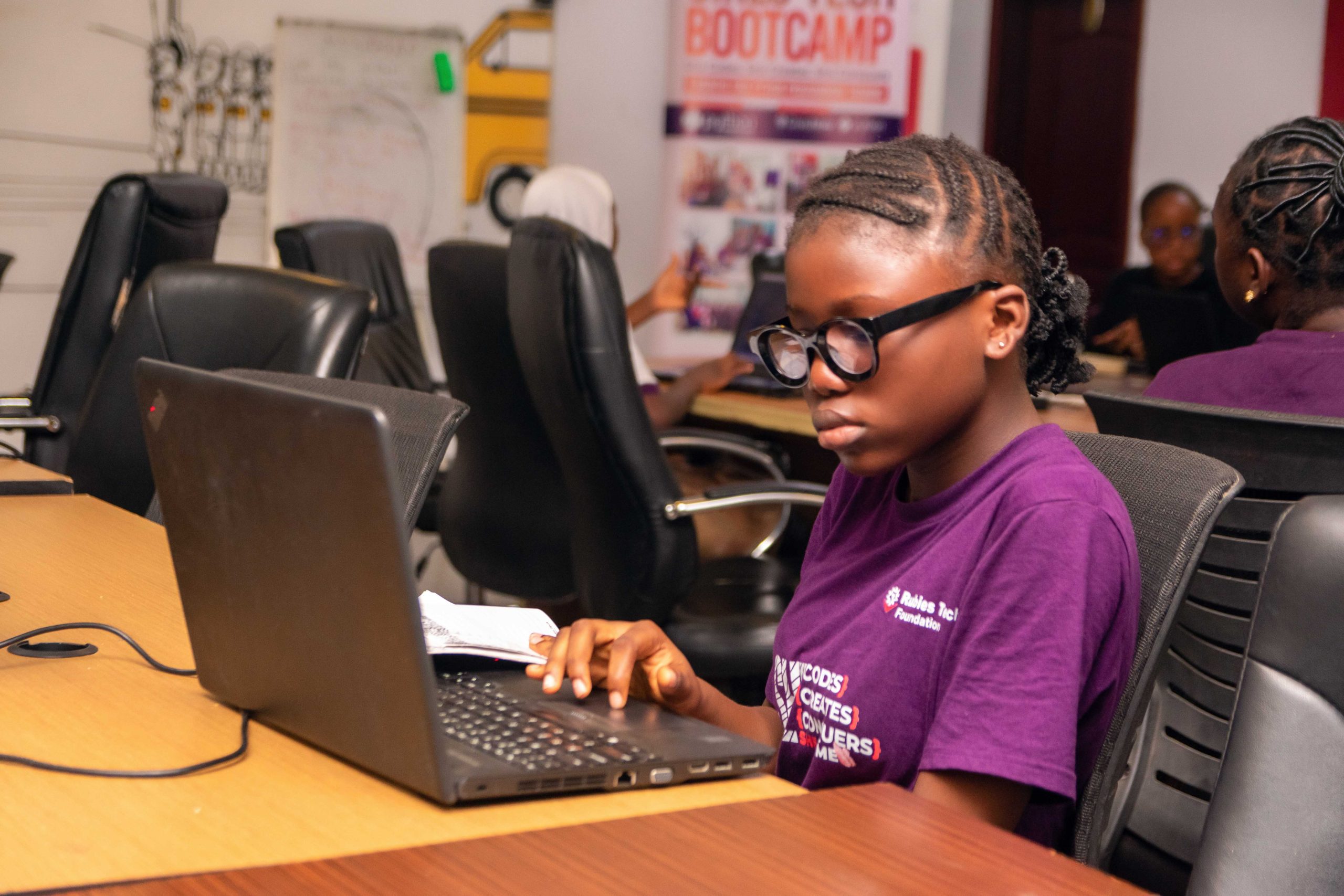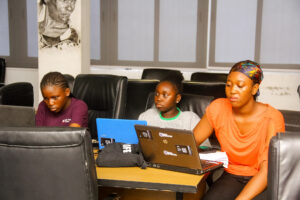In the digital age, content creation has taken on new dimensions, with AI tools becoming indispensable in both academic and professional writing. From helping students polish their essays to assisting content writers in crafting engaging articles, AI-powered moderation tools have transformed the way content is created.
However, as with any tool, their use comes with a need for responsibility and discernment. In this blog post, we’ll explore the significance of AI moderation for students and content writers, highlighting its benefits, potential risks, and best practices for ethical and effective use.
Importance of AI Moderation in Content Creation
AI moderation serves as an important tool in managing the vast amounts of content generated online. It automates the detection and filtering of harmful or inappropriate material, which is important for maintaining safe and constructive online environments. For students and content writers, AI tools can enhance the writing process by providing support in various stages, from brainstorming to proofreading.
Benefits of Using AI Tools
- Improved Creativity and Idea Generation: AI tools can act as creative tools, offering suggestions, rewriting ideas, and even generating content outlines. For students tackling assignments or writers facing a creative challenge, these tools can jumpstart the process, turning unclear concepts into well-structured stories.
- Efficiency and Time-Saving: AI tools can automate repetitive tasks such as keyword research, SEO optimization, and even content generation. This allows writers to focus on more strategic and creative aspects of their work, thereby increasing productivity.
- Consistency and Accuracy: For content writers who need to adhere to specific style guidelines or for students aiming for clarity, AI tools can ensure consistency in tone, grammar, and structure. It also helps identify plagiarism risks, ensuring the content remains original and accurate.
- Expanded Access: For writers and students who struggle with certain aspects of the creative process, AI tools can make content creation more accessible and inclusive. Features like voice-to-text, translation, and accessibility support empower a wider range of creators
Potential Risks of Relying on AI
While AI tools offer numerous advantages, there are significant risks associated with their use:
- Over-Reliance on AI Tools: One of the biggest concerns is the risk of content creators becoming too dependent on AI-generated content. This can lead to a lack of originality, killing creativity and critical thinking, especially when writers accept AI-generated text without fully engaging with the content. Writers might become complacent, relying on AI for ideas and content generation instead of developing their own unique voice and perspective.
- Ethical Concerns and Academic Integrity: For students, relying too much on AI tools raises questions about academic honesty. If the content is solely generated by AI, is it truly the student’s work? Likewise, for professional writers, the line between assistance and automation can blur, leading to ethical dilemmas about authorship and ownership. AI-generated content may also lack the distinction and emotional intelligence that human writers bring. This can result in generic or uninspired writing that fails to resonate with readers.
- Plagiarism and Ethical Issues: AI tools often pull information from existing sources, raising concerns about originality and the potential for plagiarism. It’s crucial for writers to ensure that their work is authentic and not merely reusing existing content.
- Biased or Harmful Outputs: Like any technology, AI tools can reflect the biases and limitations of their training data. The content they generate may include stereotypes, factual inaccuracies, or other problematic elements.
Responsible Use of AI in Content Creation
To harness the benefits of AI while minimizing risks, students and content writers should adopt responsible practices:
- Use AI as an Assistant: Rather than relying solely on AI for content creation, use it to assist with tasks like brainstorming, keyword generation, and proofreading. This approach allows for a balance between human creativity and technological efficiency. Content creators should also see AI suggestions as starting points for further refinement rather than final outputs. This ensures that the final content remains authentic and portrays the author’s voice.
- Engage Critically with AI Suggestions: Whether you’re a student or a professional writer, always review AI-generated content with a critical eye. Evaluate the suggestions, make necessary adjustments, and ensure that the final product accurately reflects your purpose and meets the desired standards.
- Prioritize Ethical and Original Content: Educators and professionals alike should emphasize the importance of original work. Students should be encouraged to use AI for guidance while still ensuring that the final content represents their own understanding and skills. For writers, maintaining ethical standards involves clear boundaries on how much AI contributes to the content.
AI tools offer numerous advantages for students and content writers by boosting creativity, enhancing productivity, and ensuring accuracy. However, responsible use is key. By striking a balance between leveraging AI’s capabilities and maintaining ethical standards, content creators can harness the full potential of these tools while staying true to their unique voice and purpose. As we move forward in this AI-driven world, let’s remember that while AI can assist in the creative process, it is our human insights, values, and creativity that should ultimately shape the content we produce.



